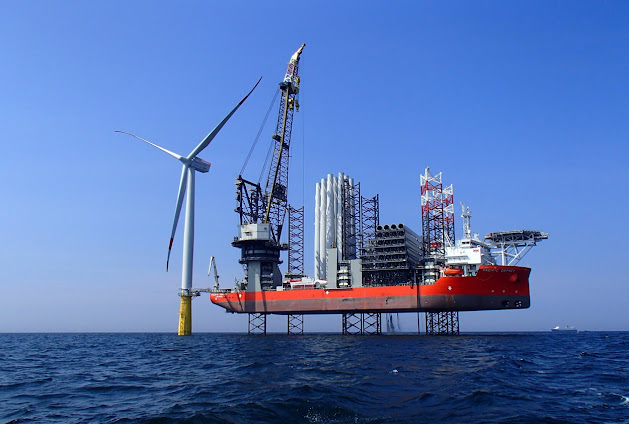Efficient Fuel Management: Enhancing Operations on Offshore Support Vessels
 |
Need for an Effective Fuel Monitoring Solution
Offshore support vessels operate continuously for weeks and months at sea to transport goods, personnel and equipment for offshore oil and gas operations. Fuel tank levels need to be carefully tracked to plan refueling stops and avoid running out of fuel mid-voyage. Additionally, support vessel schedules have little buffer for fuel related downtime.
Unplanned maintenance or repairs owing to fuel leaks or storage tank issues can severely disrupt operations and cost vessel owners dearly in lost revenue and repairs. Frequent bunkering also requires accurate quantity measurements to avoid over-ordering of fuel which leads to wastage. Precise monitoring of fuel usage across vessel systems like engines, generators and auxiliary equipment is also important to identify any abnormal consumption patterns that point to technical issues.
With fuel costs accounting for 30-40% of total trip expenses, even small improvements in efficiency can significantly reduce operating costs over time. An automated on-board monitoring system eliminates human errors in manual fuel measurements and deliveries near real-time insights into vessel fuel performance. This aids data-driven decisions around optimizing consumptions patterns and maintenance planning to minimize downtime.
Key Components of an Effective System
A comprehensive on-board fuel monitoring system incorporates ultrasonic sensors, data logging capabilities and visibility platforms. Installed on each fuel tank, ultrasonic sensors accurately determine the current fuel level without making physical contact. This non-invasive method overcomes issues like sloshing faced by traditional sensors.
The sensors relay level readings continuously to a central data collection and control unit onboard. Here, algorithms analyze levels across tanks along with fuel transfer logs to compute precise consumption values for the entire vessel. Any discrepancies are flagged as potential leak points for investigation.
An onboard server stores all measurement data that can be accessed either through a local Human Machine Interface (HMI) panel or securely transmitted to cloud-based fleet management dashboards. This facilitates real-time overviews of individual vessel performance as well as aggregated insights across the entire offshore support fleet.
Alarms for low fuel quantities or leakage incidents are triggered on the HMI for crew response. Historical data is mined through analytics tools to recognize trends over voyages or seasons and correlate them with weather patterns or operational factors.
Benefits of Proactive Monitoring
With continuous level tracking, an Offshore Support Vessel On-board Fuel Monitoring System provides multiple advantages over manual dipstick measurements. Some key benefits include:
Accurate Inventory Management: Precise fuel quantity readings improve bunkering quantity calculations and storage management to avoid over-ordering. This reduces fuel costs while also negating safety risks from over-capacity tanks.
Improved Safety: Early detection of fuel leaks through periodic inventory reconciliation and alarm triggers initiates faster response and control of hazardous situations. This enhances crew and vessel safety.
Optimized Consumption: Detailed fuel consumption analytics by vessel systems, weather conditions and operational profile aids identification of inefficient factors. Targeted optimization strategies lower usage and carbon footprint.
Maintenance Planning: Abnormal consumption patterns highlighted through dashboards assist scheduled maintenance planning to avoid breakdowns. This minimizes disruptive unplanned repairs and improves asset uptime.
Regulatory Compliance: Automated monitoring and record-keeping capabilities aid compliance with international maritime regulations on fuel management and inventory control. This strengthens audit preparedness.
Return on Investment: Most monitoring systems deliver ROI within the first 1-2 years through avoided costs from improved efficiency, inventory accuracy and reduced downtime. Thereafter, savings accrue each year through lower fuel bills and maintenance expenditures.
System Integration and Data Security
While newbuild vessels can install monitoring systems during construction, retrofitting is also straightforward on most support and offshore vessels. Certified system integrators perform the sensor installation and cabin/facade modifications to ensure intrinsically safe setups approved by vessel class societies.
Cloud platforms securely capture and store fuel data without risks of local server vulnerabilities or data loss during equipment upgrades. Role-based access and advanced firewalls prevent unauthorized access. Automated encryption and backups further strengthen cybersecurity.
Get more insights on Offshore Support Vessel On-Board Fuel Monitoring System
Also read related article on Microfiber Synthetic Leather Market

%20Treatment%20(1).jpg)

Comments
Post a Comment